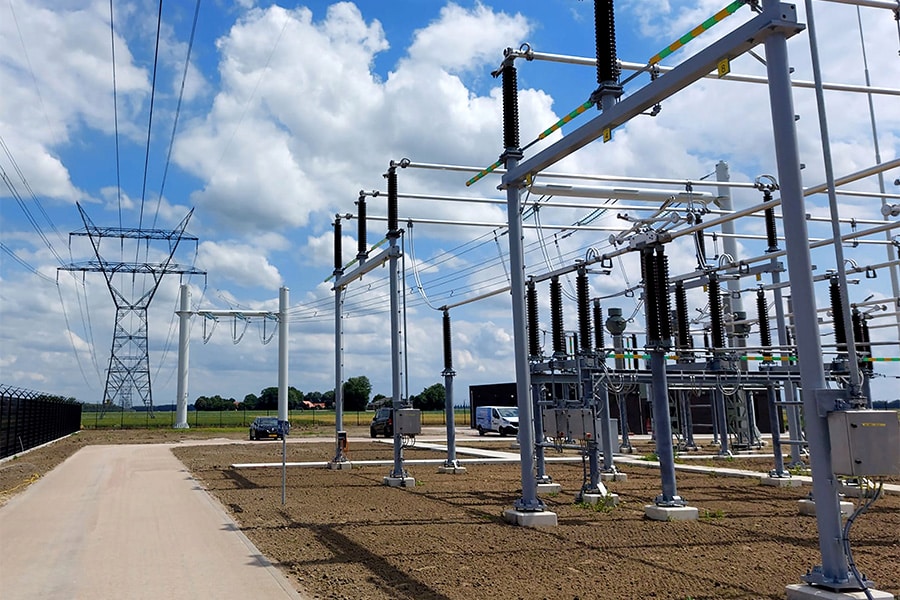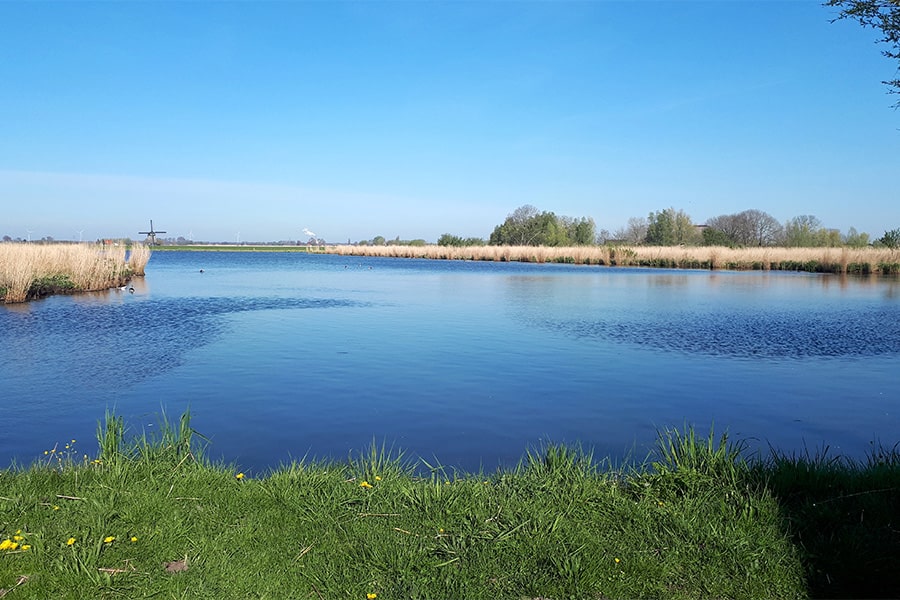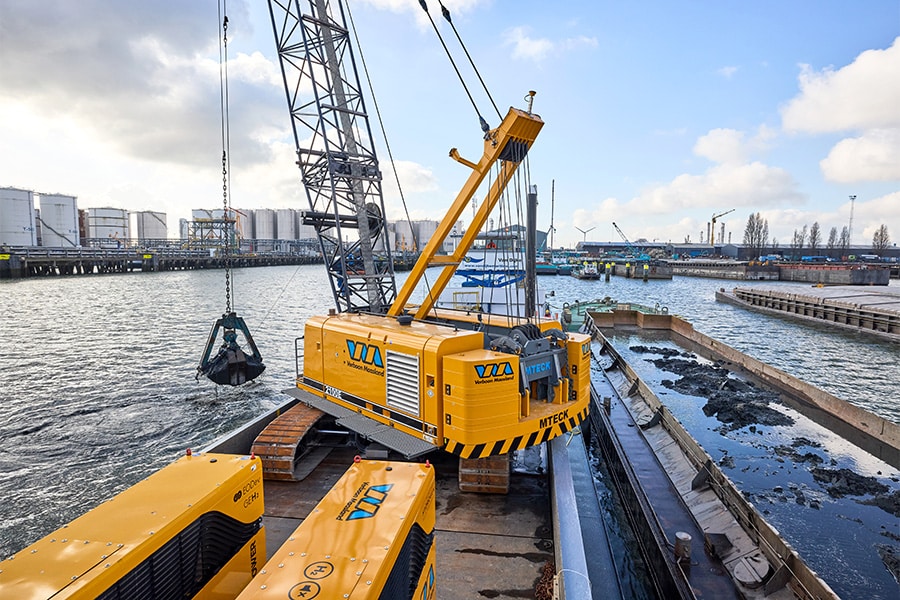
Six domes of unusual construction for the pumping station on the Afsluitdijk
The assignment to design six domes for the pumping station at Den Oever that must both comply with the guidelines used by the Department of Public Works for the design of structures and withstand the superstorm that can occur once every 10,000 years is quite something. The stringent requirements plus the combination of glass, aluminum and steel provided the necessary challenges.
To give an idea of how grand the six domes are, first a few figures. The domes are each 8.7 meters in diameter, 4 meters high and 30 tons in weight. The structure consists of three different materials: aluminum, glass and steel. "From Levvel (construction consortium consisting of BAM, Van Oord, Rebel and Invesis) we received the total order to design, produce and assemble the domes," explains Jorrit de Bie, project manager at Bersselaar Constructie. "Because we are originally a steel construction company, we engaged our partners Glasdesign and Aldowa to produce the glass and aluminum panels. We spent over a year calculating everything in detail. This is because the roof is convex and the upper ring is smaller than the lower ring. To make a glass construction 7 centimeters thick and aluminum panels for that is very special. Moreover, you always have tolerances when you design something that is round, regardless of whether it is glass, steel or aluminum. The structure must be designed in such a way that it can accommodate the expected tolerances. So the structural engineers and designers have done the necessary calculations on this."

Working separately from each other
Once the design was worked out to the point where it met the structural requirements and could withstand the forces of a superstorm, the three parties went to work separately on production. "This too makes the project special, because even though you know it's right on paper, it is and remains exciting when all the parts then have to be assembled into one whole." The production of the individual parts involved a great deal of precision. "Just look at the 7-centimeter-thick glass. If you're going to roll and press this, it has to be done with millimeter precision. As long as the glass is hot, you can shape it, but once it cools down, you can't change anything about it. Such a construction as these domes, has to go right the first time otherwise it has major financial and logistical consequences. The fact that this all went well and everything fitted together as we had envisioned it does show that we can predict it very well on the front end."
Over water to Den Oever
Speaking of assembly, the domes were produced in half sections. This was for the simple reason that, with their nearly 9-meter diameter, they could not be transported by road. "We transported the half-domes to Moerdijk. There they were welded into one complete dome, conserved and fully assembled on site and then sailed by boat across the water to Den Oever." In June, the domes were installed. A special moment for the project team and the crowning glory of their work.



